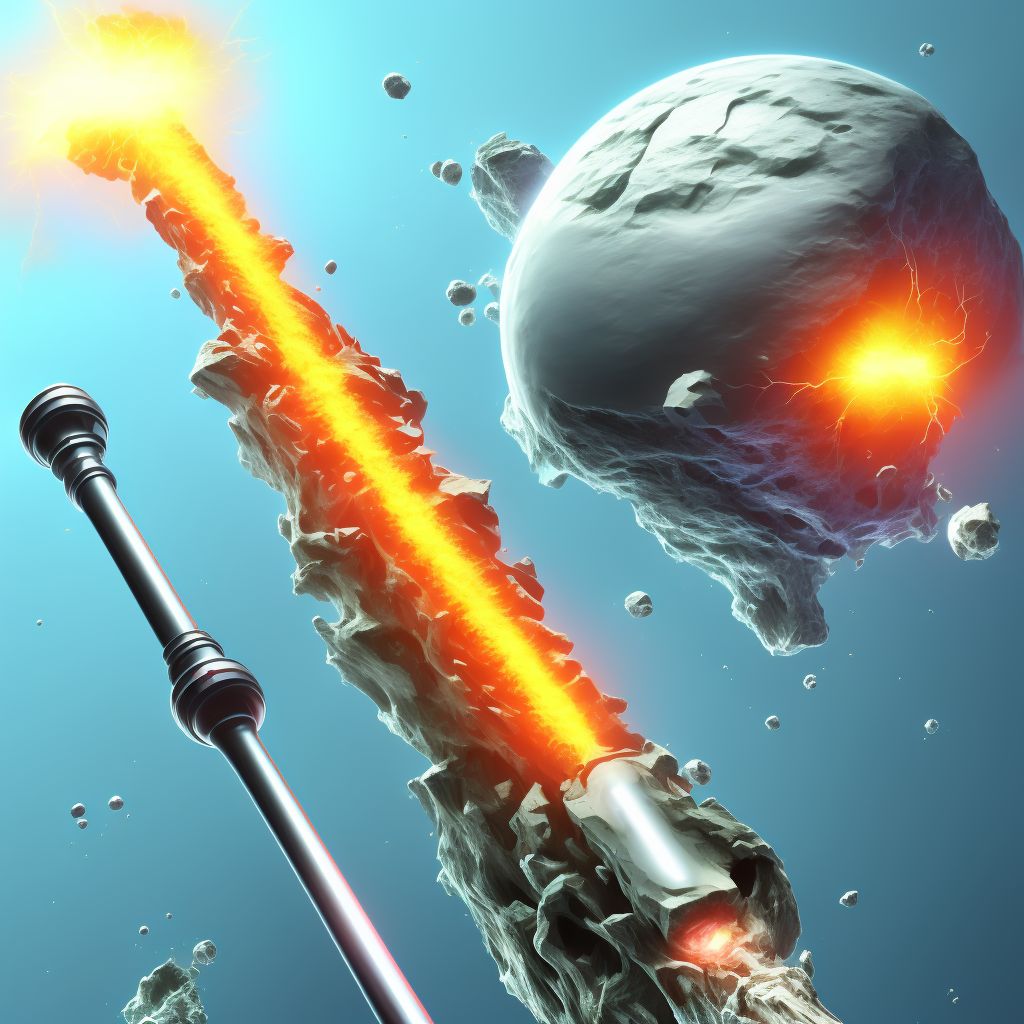
Other fracture of shaft of left tibia, subsequent encounter for open fracture type IIIA, IIIB, or IIIC with delayed healing Save
ICD-10 code: S82.292J
Disease category: S82.292: Other fracture of shaft of left tibia
Understanding Other Fracture of Shaft of Left Tibia
Fractures of the left tibia, specifically those classified as type IIIA, IIIB, or IIIC with delayed healing, can be complex and require specialized medical attention. These fractures can result from various causes, such as high-impact accidents, sports injuries, or falls. In this article, we will discuss some essential aspects of other fractures of the shaft of the left tibia.
- Causes: Other fractures of the shaft of the left tibia are often the result of severe trauma, such as motor vehicle accidents or sports-related injuries. These fractures can be open, meaning that the bone breaks through the skin, or closed, where the bone remains within the skin.
- Diagnosis: To diagnose these fractures, medical professionals use imaging techniques like X-rays or CT scans. These tests help determine the exact location and severity of the fracture and assist in developing an appropriate treatment plan.
- Symptoms: Symptoms of this type of fracture may include severe pain, swelling, deformity, difficulty in bearing weight, or an audible cracking sound at the time of injury. It is crucial to seek immediate medical attention if any of these symptoms are present.
- Treatment: Although we won't focus on treatment in this article, it is worth mentioning that treatment options for other fractures of the shaft of the left tibia may include surgical intervention, casting, immobilization, or the use of external fixation devices. The choice of treatment depends on the severity and specific characteristics of the fracture.
- Complications: Delayed healing is a common complication associated with these types of fractures. Factors such as poor blood supply, infection, or inadequate immobilization can contribute to delayed healing. Close monitoring and appropriate medical intervention are necessary to address these complications effectively.
In conclusion, other fractures of the shaft of the left tibia, particularly type IIIA, IIIB, or IIIC with delayed healing, require prompt medical attention and intervention. Proper diagnosis, treatment, and management of potential complications are crucial for a successful recovery. If you suspect you have sustained this type of fracture, it is essential to consult with a medical professional promptly.
Treatment of Other fracture of shaft of left tibia, subsequent encounter for open fracture type IIIA, IIIB, or IIIC with delayed healing:
Treatment Options for 'Other Fracture of Shaft of Left Tibia, Subsequent Encounter for Open Fracture Type IIIA, IIIB, or IIIC with Delayed Healing'
Dealing with a fracture can be a challenging experience, especially when it comes to complex cases such as the 'Other Fracture of Shaft of Left Tibia, Subsequent Encounter for Open Fracture Type IIIA, IIIB, or IIIC with Delayed Healing....
To see full information about treatment please Sign up or Log in